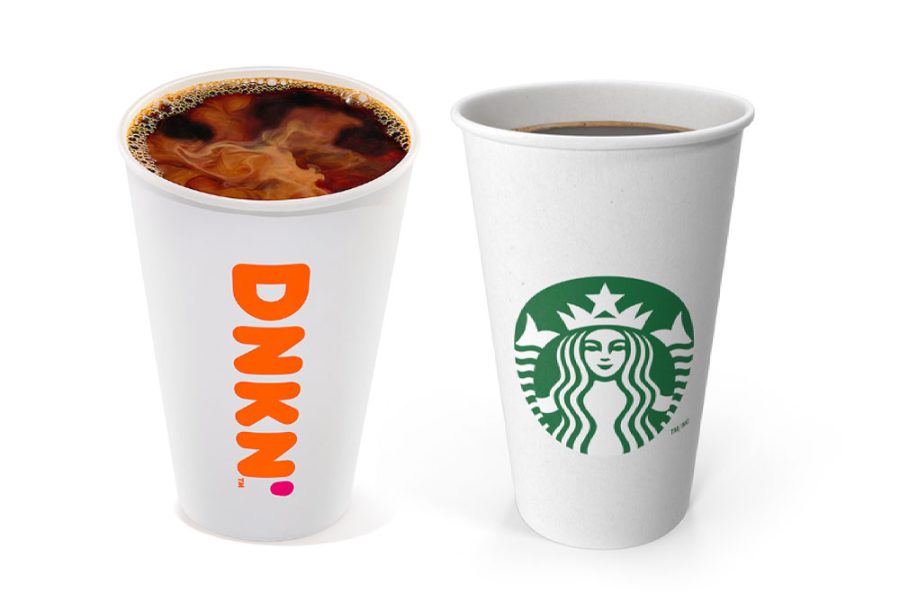Who would ever expect that a 12-inch-tall plastic doll could create world-wide controversy? Mattel, the makers of Barbie, sure didn’t.
Barbie was first created in 1959. From the time she was created to today, Barbie has taken on many careers, from astronaut to teacher, ballerina, doctor, chef and many more. She was able to do anything she tried, setting an example for many young girls, but when she first came out she was also supposed to represent the perfect suburban housewife.
“[Barbie] reflected the suburban ideal of a woman staying at home, waiting to look gorgeous and be ‘perfect’ for her husband when he came home from work,” explains Barbie’s Effects on American Suburban Culture, an essay by a University of Maryland student. “Many women wanted to achieve the ideal body that Barbie flaunted. She also slowly became a symbol of the body younger girls wished to have when they grew older.”
Barbie transcended from being the ideal housewife into being the ideal image for young girls. What girl wouldn’t want to be able to do anything? And who wouldn’t want to be 5’9” and only weigh 110 pounds – the dimensions Barbie would have if she were a real person?
Actually, it is when girls began comparing their bodies to the body of the Barbie that the problems began. As more girls began to model themselves after Barbie, researchers found that the idea is unrealistic. According to research there are many faults in Barbie’s appearance. Barbie’s body weight would make her anorexic and would make it impossible for her to menstruate. It would also be impossible for her to hold her head up because her neck is twice as long as the necks of most humans. Also, her legs are 50% longer than her arms. Still, young children wanted to become more like Barbie.
Many companies recognized that this was a problem and started organizations to change young kids’ and teens’ view of the Barbie. There is a body image website called “Adios Barbie” with the goal of promoting healthy body image and identity in folks of all races, sizes, ages, sexual orientations and abilities.” The Body Shop, a cosmetic franchise, made a poster using an overweight Barbie to promote a new image of beauty. They created Ruby, the “anti-Barbie” who was “intended to challenge stereotypes of beauty and counter the pervasive influence of the cosmetics industry.” Mattel ordered a cease and desist of this poster but the idea began a world-wide debate about body image and what the Barbie represented.
The U.S. is not the only place where Barbie creates controversy; other countries realized that Barbie was not suitable for their country’s cultures. When Iran banned Barbie, the Consumers’ Association of Penanghas said that, “The doll’s blond, leggy and non-Asian appearance promotes the wrong aesthetics.” Many Islamists believe the Barbie should not be a role model for the children of Iran.
“Barbie doesn’t define herself in relation to children or family in the same way that Iranian women do. Barbie and her long-time boyfriend Ken have no plans for marriage, ever: a threat to traditional culture,” reports the Iranian government in an article entitled “Barbie Around the World” in New Renaissance Magazine. Islamists believe the message Barbie is giving is destroying their culture.
Mattel has responded to some of the criticism and has tried to change Barbie to be more “body image” and culturally friendly. Mattel now makes Barbie’s of different ethnicity, but there is much more to it than changing Barbie’s skin tone.
“Consumers can now buy darker-haired, darker-skinned Barbie’s but without the ethnic features that distinguish the darker-skinned women of the world,” explains journalists of New Renaissance Magazine “The fact that Mexican Barbie is brown may be even more insidious if Mexican girls think they must grow up to be tall, thin, buxom, and leggy. African-American Barbie’s have lighter skin than most of the black population, playing into an often-heard complaint of black women that the lighter their skin, the more attractive they are.”
Is it fair to blame such problems on a plastic doll? It can’t really influence human behavior, correct? Cindy Jackson, the writer, singer, and television personality, might think otherwise. Over 25-years Cindy Jackson has spent over $55,000 on cosmetic surgery to make herself look like Barbie. She is not the only one dying to be like Barbie, and your daughter might be next.









